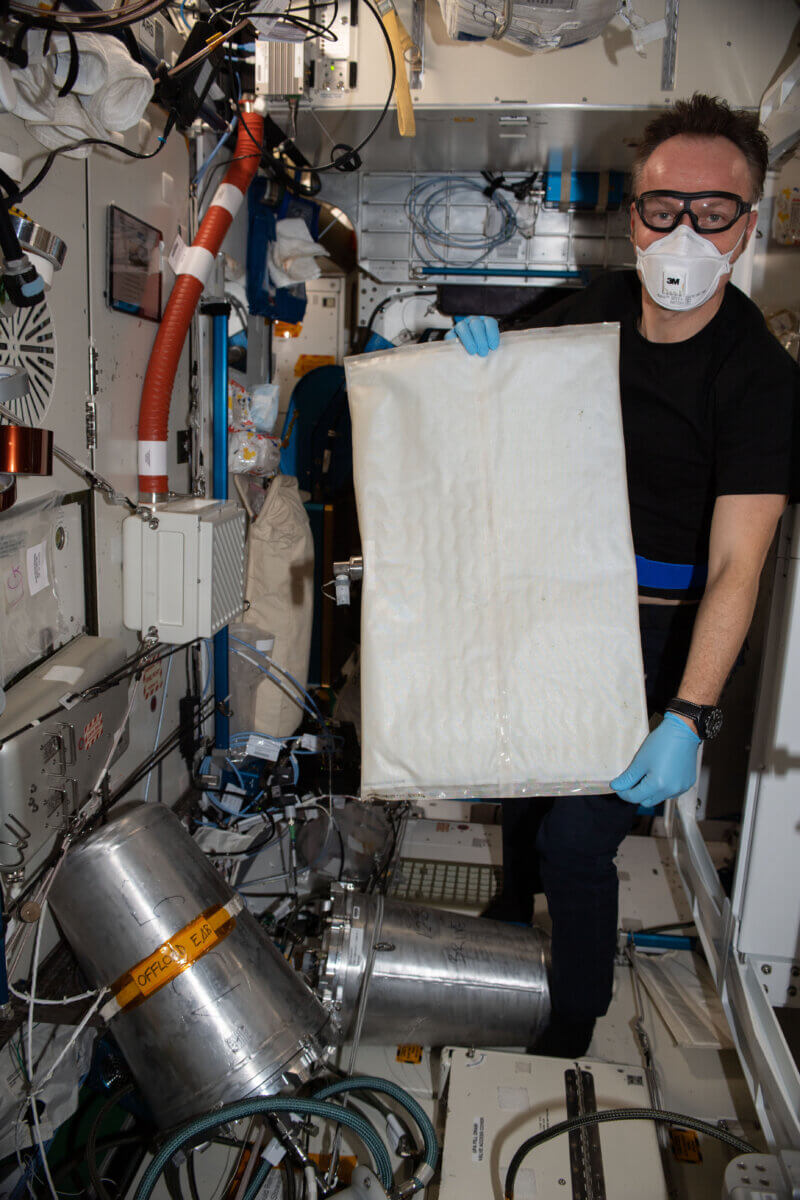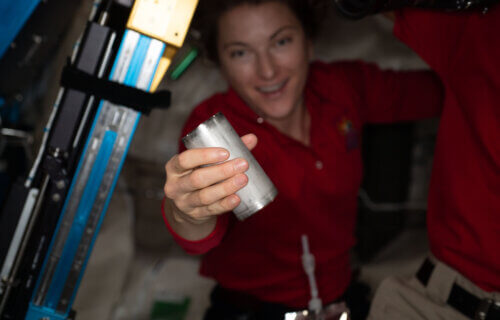WASHINGTON — Scientists are addressing the challenge of supplying water to astronauts in space — by devising a method to recycle their own urine. NASA has developed a system to convert virtually all urine produced on the International Space Station (ISS) into drinkable water.
The Urine Processor Assembly (UPA) extracts water from waste liquid through vacuum distillation. The liquid then undergoes purification to ensure it’s safe for consumption. NASA asserts that the resulting water is even purer than typical tap water on Earth.
Space missions venturing beyond low Earth orbit face novel challenges, including how to provide for the basic needs of crew members without the possibility of resupplying these missions out in space. According to NASA, each crew member requires about a gallon of water for consumption, food preparation, and hygiene each day.
To address this issue, NASA is developing life support systems capable of regenerating or recycling consumables such as food, air, and water, and these systems are being tested on the ISS.
The space agency states that life support systems should ideally be able to reclaim nearly 98 percent of the water that the crew initially brings on an extended journey. The International Space Station’s Environmental Control and Life Support System (ECLSS) recently demonstrated its ability to reach this significant target.

The ECLSS includes a Water Recovery System that collects wastewater and channels it to the Water Processor Assembly (WPA), transforming it into drinkable water. One specific component employs advanced dehumidifiers to capture moisture released into cabin air from crew breath and perspiration. The UPA is another subsystem designed to ensure adequate water recycling.
While consuming recycled urine might make some individuals uncomfortable, NASA assures that the end product is superior to the water produced by terrestrial municipal systems.
“This is a very important step forward in the evolution of life support systems,” says Christopher Brown, a member of the team at Johnson Space Center overseeing the ISS’s life support system, in an agency release. “Let’s say you collect 100 pounds of water on the station. You lose two pounds of that and the other 98% just keeps going around and around. Keeping that running is a pretty awesome achievement.”
The Brine Processor Assembly (BPA) processes the brine produced by the UPA, passing it through a special membrane technology and evaporating the water with warm, dry air. This process creates humid air that, like crew breath and sweat, is collected by the station’s water collection systems.
“Before the BPA, our total water recovery was between 93 and 94% overall,” says Jill Williamson, the ECLSS water subsystems manager. “We have now demonstrated that we can reach total water recovery of 98%, thanks to the brine processor.”

The collected water undergoes treatment by the WPA, which uses a series of specialized filters, followed by a catalytic reactor to break down any remaining trace contaminants. Sensors monitor the water’s purity and if deemed unacceptable, the water is reprocessed. To prevent microbial growth, iodine is added to the treated water before being stored for crew use.
“The crew is not drinking urine; they are drinking water that has been reclaimed, filtered, and cleaned such that it is cleaner than what we drink here on Earth. We have a lot of processes in place and a lot of ground testing to provide confidence that we are producing clean, potable water,” adds Williamson.
NASA states that the systems within the ECLSS have been meticulously tested to ensure their performance, reliability, and long-term operation with minimal maintenance or spare parts.
“The regenerative ECLSS systems become ever more important as we go beyond low Earth orbit. The inability of resupply during exploration means we need to be able to reclaim all the resources the crew needs on these missions. The less water and oxygen we have to ship up, the more science that can be added to the launch vehicle. Reliable, robust regenerative systems mean the crew doesn’t have to worry about it and can focus on the true intent of their mission,” explains Williamson.
South West News Service writer Dean Murray contributed to this report.

